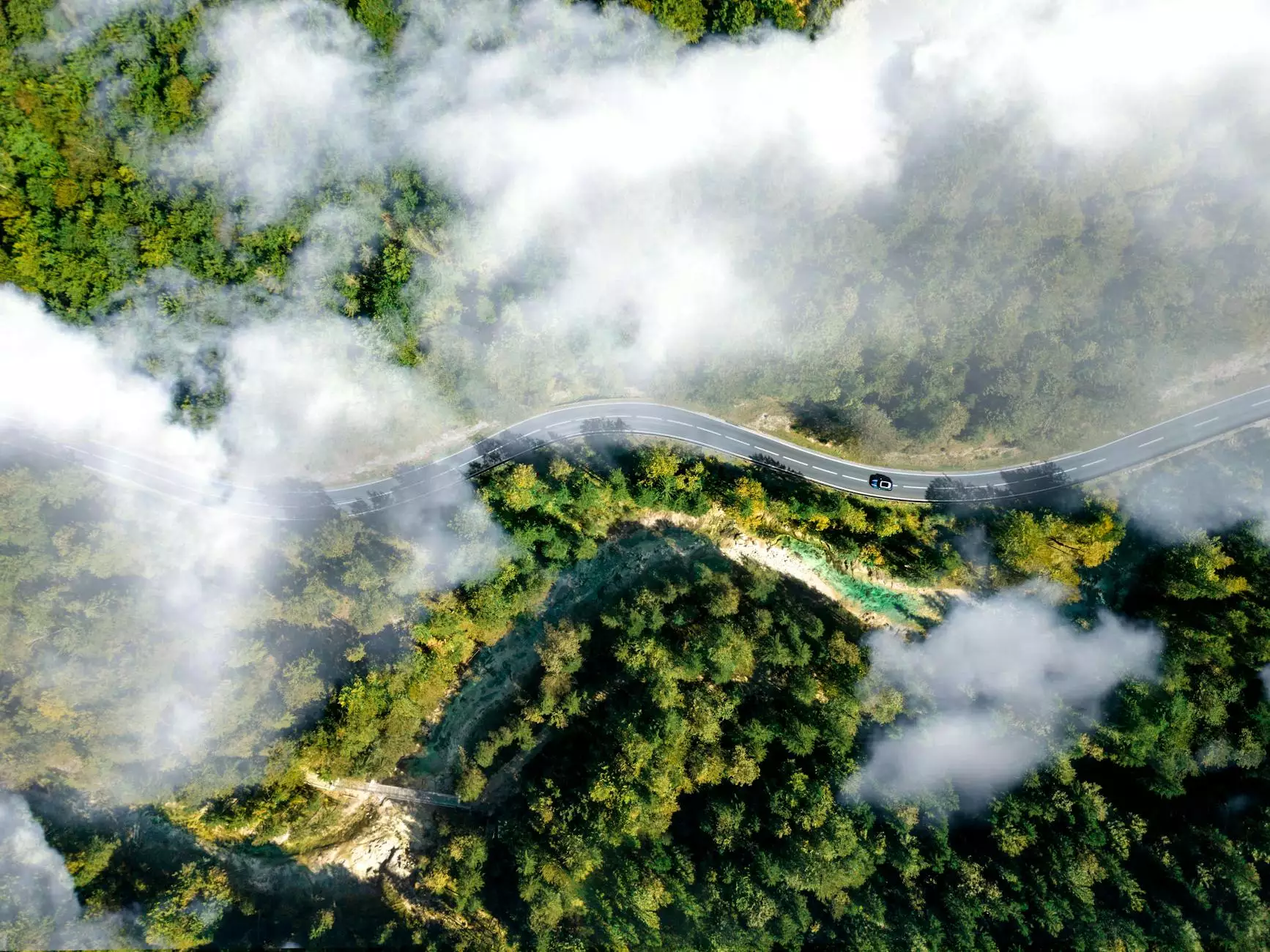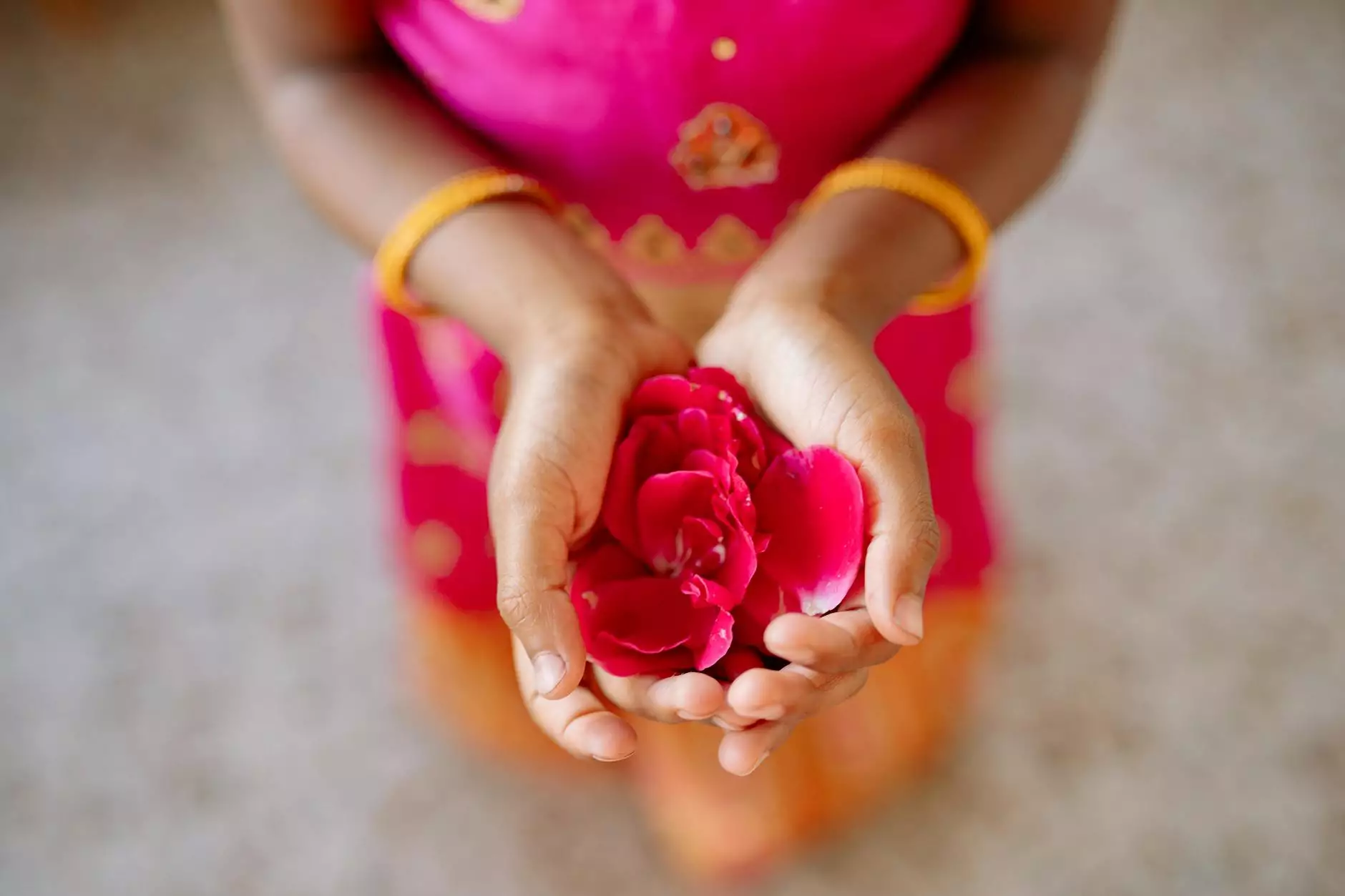Pisang Peak Climbing: An Ultimate Guide to Adventure in Nepal

The thrill of pisang peak climbing awaits adventurers in the heart of the majestic Himalayas. Nestled near the iconic Annapurna range, Pisang Peak stands at a challenging altitude of 6,091 meters (20,013 feet). This article is an all-encompassing resource, detailing the essential aspects of climbing Pisang Peak, ensuring a memorable trekking experience in Nepal.
Table of Contents
- Overview of Pisang Peak
- Preparation for Climbing
- Trekking Route to Pisang Peak
- Climbing Techniques and Equipment
- Best Time for Pisang Peak Climbing
- Choosing the Right Travel Agents
- Conclusion
Overview of Pisang Peak
Pisang Peak offers climbers an exceptional combination of beautiful landscapes and challenging terrain. The peak is named after the nearby village of Pisang and is renowned for its breathtaking vistas, where trekkers can witness panoramic views of Annapurna II, Annapurna IV, and the majestic Gangapurna. The climbing experience is not just about reaching the summit; it’s about immersing oneself in the rich culture and the breathtaking beauty of the Annapurna region.
Geographical Features
The Pisang Peak is characterized by its steep slopes and stunning glacial formations. Climbers will traverse through lush forests, charming villages, and high-altitude meadows, offering a close encounter with diverse flora and fauna. The ascent involves negotiating snow and ice, particularly on the final stretch to the summit, where technical skills become essential.
Preparation for Climbing
Successful completion of pisang peak climbing requires thorough preparation. Here are some key considerations:
Physical Fitness
Prior to the expedition, climbers should engage in a fitness regimen to build stamina and strength. Focus on cardiovascular exercises, strength training, and flexibility workouts. Aim for at least two to three months of preparation.
Mental Preparation
Mental resilience is just as crucial as physical readiness. Engage in activities that foster focus and determination, such as meditation or visualization techniques. Read about past climbers’ experiences to prepare yourself for both the challenges and the rewards of the climb.
Gear and Equipment
Ensure you have the appropriate climbing gear:
- Climbing Boots: Invest in high-quality, insulated boots suitable for snow and ice.
- Clothing: Layering is key; pack thermal base layers, waterproof jackets, and breathable outer layers.
- Technical Gear: Crampons, ice axes, harnesses, and ropes are essential for safety.
- Camping Equipment: Quality tents, sleeping bags rated for extreme cold, and cooking gear.
Trekking Route to Pisang Peak
The journey to Pisang Peak typically begins in the vibrant city of Pokhara and continues towards the Annapurna Circuit. Here’s a breakdown of the general trekking route:
Day 1: Drive from Pokhara to Besishahar
Experience a scenic drive, setting the stage for your adventure. Enjoy views of terraced fields and the flowing Marsyangdi River.
Day 2–3: Trek to Pisang Village
Walk through charming villages and lush landscapes. Transition from subtropical to alpine climates. The trail is moderately challenging, allowing ample time to acclimatize.
Day 4: Acclimatization Day
Spend this day in Upper Pisang, taking short hikes to prepare your body for the climb.
Day 5–6: Base Camp Setup
Trek towards the Pisang Peak Base Camp, located at around 4,380 meters. Prepare your gear and rest.
Day 7: Summit Day
The ascent to the summit begins in the early hours before dawn. Expect a challenging climb involving steep sections and potentially technical maneuvers.
Day 8: Descend to Base Camp and Return
After reaching the summit, descend safely back to Base Camp for a well-deserved rest before returning to Lower Pisang.
Climbing Techniques and Equipment
The climbing phase of pisang peak climbing requires specific techniques to ensure safety and success:
Basic Climbing Skills
Familiarize yourself with essential climbing skills such as:
- Proper use of crampons and ice axes.
- Understanding belaying techniques.
- Knowledge of different rope systems.
Team Ropes and Safety Protocols
Climbing in a team significantly increases safety. Establish clear roles among team members, practice communication, and have contingency plans for emergencies.
Importance of Guides
Hiring professional guides who are familiar with the terrain and conditions is highly recommended. They will provide invaluable insights and ensure safety throughout the climb.
Best Time for Pisang Peak Climbing
The ideal time to attempt pisang peak climbing is during the two main climbing seasons:
Spring (March to May)
This season offers favorable weather conditions, with mild temperatures and clear skies, making it an excellent time for climbing.
Autumn (September to November)
Autumn also presents a great opportunity as the monsoon subsides, and visibility improves, revealing the stunning landscapes.
Choosing the Right Travel Agents
Finding a reliable travel agency is crucial for a successful adventure. Consider the following factors:
Experience and Reviews
Choose agents with proven experience in handling trekking and climbing expeditions. Look for customer reviews and testimonials to gauge their performance.
Safety Standards
Ensure that the agency prioritizes safety, providing trained guides, high-quality gear, and emergency protocols.
Itinerary and Flexibility
A well-structured yet flexible itinerary can enhance your experience. Look for agencies that tailor their packages to meet your specific needs.
Conclusion
Pisang Peak offers an extraordinary opportunity to conquer one of Nepal’s stunning climbs. With the right preparation, equipment, and guidance, the challenge of pisang peak climbing can lead to unparalleled experiences and memories. As you stand at the summit, surrounded by the majestic Himalayas, you will understand why so many adventurers are drawn to this breathtaking destination. Prepare wisely, choose the right team, and enjoy the journey to Pisang Peak!
For more information and personalized trekking experiences, visit Peace Nepal Treks.



